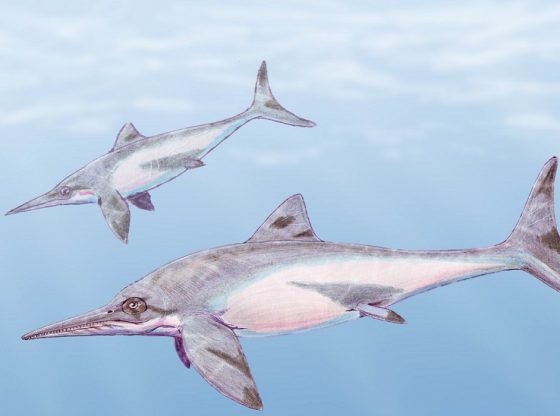
An extinct giant rhinoceros, sometimes described as a “Siberian unicorn,” lived on the planet much longer than scientists previously thought, new research shows.
A study published last week in the journal Nature Ecology & Evolution says that the creature once roamed among humans, surviving in Eastern Europe and western Asia until at least 39,000 years ago, around the same time of Neanderthals and early modern humans.
Weighing up to 3.5 tons, Elasmotherium sibericum — also known as the ‘Siberian unicorn’, due to its extraordinary single horn – hence a “unicorn” of sorts.
The research team used radiocarbon dating and genetic analysis on 23 specimens of the rhinoceros to reveal the life of the mysterious 3.8-ton Elasmotherium sibiricum.
The DNA shows that the animal was not closely related to modern rhinos, but a unique lineage that split from the line that led to modern rhinos over 40 million years ago. These Ice Age rhinos are the last species of a “highly distinctive and ancient lineage,” according to the research.
It has long been assumed that this ancient creature went extinct well before the Ice Age. However, the new findings challenges the date of this species’ demise.
The radiocarbon dating shows that Elasmotherium survived until at least 39,000 years ago, possibly as late as 35,000 years ago. It existed alongside what are known as Pleistocene megafauna, gigantic animals that emerged after the dinosaurs.
“This megafaunal extinction event didn’t really get going until about 40,000 years ago,”
“So Elasmotherium with its apparent extinction date of 100,000 years ago or more has not been considered as part of that same event.”
– Adrian Lister, Merit researcher at the NHM, said in a press statement.
Further analysis showed that the extinct species shared some similarities with its modern relatives. The scientists examined the Elasmotherium’s teeth and were able to compare the carbon and nitrogen isotopes found there with a variety of plant species.
They were able to confirm that the Siberian beast grazed on tough, dry grasses—just like rhinos. For this reason, the researchers argues that the rise of humans likely did not lead to the rhino’s extinction. Rather, the rhino’s specialized grazing diet mixed with climate change was a more likely cause.
Reference:
Pavel Kosintsev, et al. Evolution and extinction of the giant rhinoceros Elasmotherium sibiricum sheds light on late Quaternary megafaunal extinctions DOI https://doi.org/10.1038/s41559-018-0722-











![OpenAI. (2025). ChatGPT [Large language model]. https://chatgpt.com](https://www.illustratedcuriosity.com/files/media/55136/b1b0b614-5b72-486c-901d-ff244549d67a-350x260.webp)
![OpenAI. (2025). ChatGPT [Large language model]. https://chatgpt.com](https://www.illustratedcuriosity.com/files/media/55124/79bc18fa-f616-4951-856f-cc724ad5d497-350x260.webp)
![OpenAI. (2025). ChatGPT [Large language model]. https://chatgpt.com](https://www.illustratedcuriosity.com/files/media/55099/2638a982-b4de-4913-8a1c-1479df352bf3-350x260.webp)








